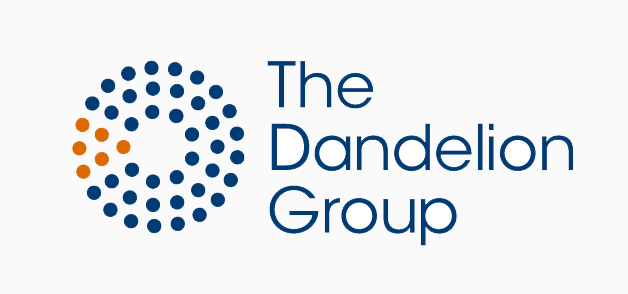Speaking like Burke
“#MeToo” has been amplifying the message of victims of sexual assault in 180 countries. Tarana Burke had started the campaign in 2016. Public reaction then propelled her and other silence breakers onto the cover of the TIME Magazine in 2017. How does she speak up for others?
Substance
Many presenters make the mistake to focus on themselves instead of the topic. Burke does a better job. When she describes how she prepared for her TED talk, she admits that it posed a challenge because it is hard to get the message right. 1 out of 4 girls as well as 1 out of 6 boys are being sexually assaulted. Being a transgender or having a disability puts you at an even higher risk. “Me Too” has had some big moments but still has to grow as a movement to dismantle the power and privilege fuelling sexual violence.
HARDtalk's Stephen Sackur tried to put her on the spot this week. He asked about the actual accomplishments and potential negative impacts. Burke acknowledged misperceptions and misinterpretations of the movement. The primary goal of “Me Too” is not to take down men but to unite survivors. She came well-prepared which helped answering instead of dodging tough questions.
Burke makes it clear why the topic matters here and now. Her 2018 talks, for instance, criticise the nomination of Brett Kavanaugh who assumed his role at the US Supreme Court despite allegations of sexual misconduct by several women. On Rachael Ray’s talkshow, she focussed on the Midterm Elections. For the upcoming US elections, she launched a new initiative called “#MeTooVoter” . Current examples can galvanise the audience.
Structure
The length of your sentences counts. “Sexual abuse, also referred to as molestation, is abusive sexual behavior by one person upon another. It is often perpetrated using force or by taking advantage of another. When force is immediate, of short duration, or infrequent, it is called sexual assault.” Reading out loud the definition of sexual assault has a soothing effect due to the multiple clauses. She avoids longsome monologues.
Burke varies with purpose. The sentences are long when she provides context and they get shorter when she gets to the point. Listen to this part of her Full Power of Women Speech and the teaser of the interview with InStyle.
Style
Sexual assault is a serious topic which should not be presented in a robotic manner. Although Burke looks at the teleprompter and sheets of paper on the lectern, she does not hesitate to go off script to engage with the audience. She also frequently goes for action verbs (e.g. “mired in misconception”) but her rhetoric does not stop there.
Two advanced tools make her presentations particularly powerful: dialogism and conduplicatio. The earlier-mentioned Full Power of Women Speech includes her presenting how she was persuaded to speak. Performing a dialogue is not just for comics but an effective way to improve dry talks.
Her words stick because she repeats them. In her keynote address at the Northwestern University, for instance, she hammers home that “Me Too” is not a moment but a movement. Perhaps the occasion - the Martin Luther King Jr. Dream Week 2020 - had inspired her to include some anaphoras as well.
Five lessons for public speakers
Prepare for challenging questions in advance and dispel counterarguments in your speech.
Include recent examples to show why the topic (still) matters today.
Utter short sentences or asyndetons when you want to create anxiety.
Perform a dialogism or go off script every five minutes to make your presentation more lively.
Hammer home key words with conduplicatio.
Learn the techniques. Boost your confidence. Make your point.
Click here for training opportunities.

